by Alessandra Ressa
Have you ever wondered why many buildings in Trieste have menacing carved stone heads guarding their entrances?
The name of these heads, usually wearing Eastern style scarves or hats, and sometimes helmets, is Pandurs or Panduri.
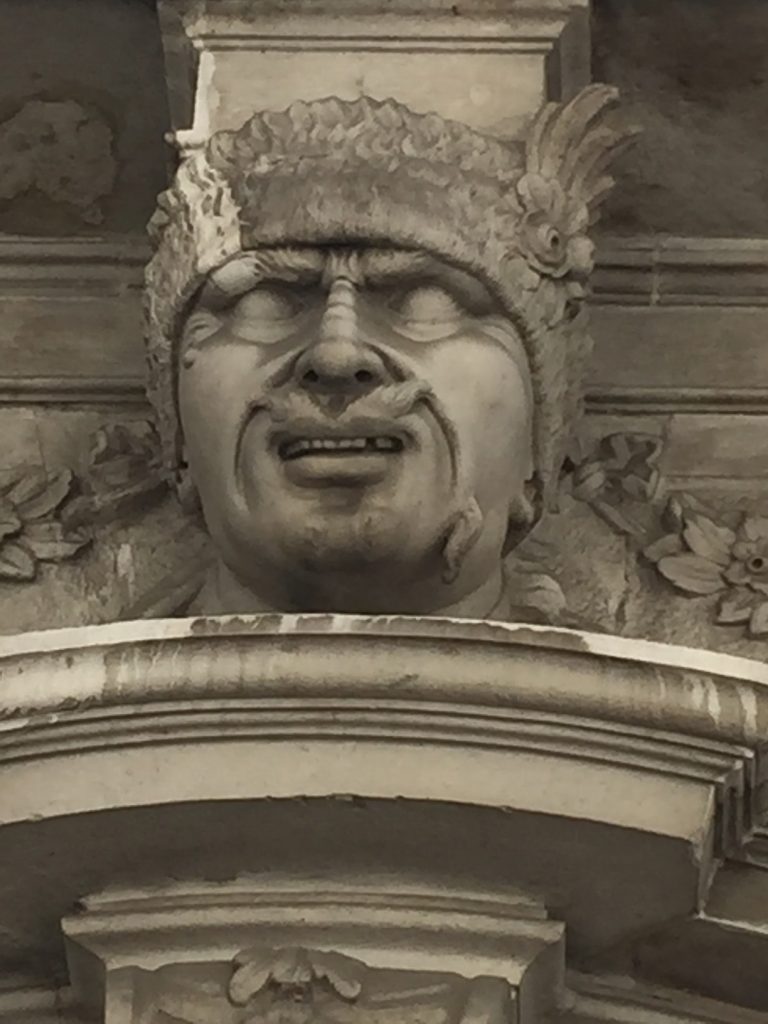
Usually placed at the center of the archway, Panduri are a typical feature of Trieste and a very common decoration in the city’s 19th century architecture. They often have threatening expressions because, according to historians, their function was to guard the house – a sort of an early anti-theft system.
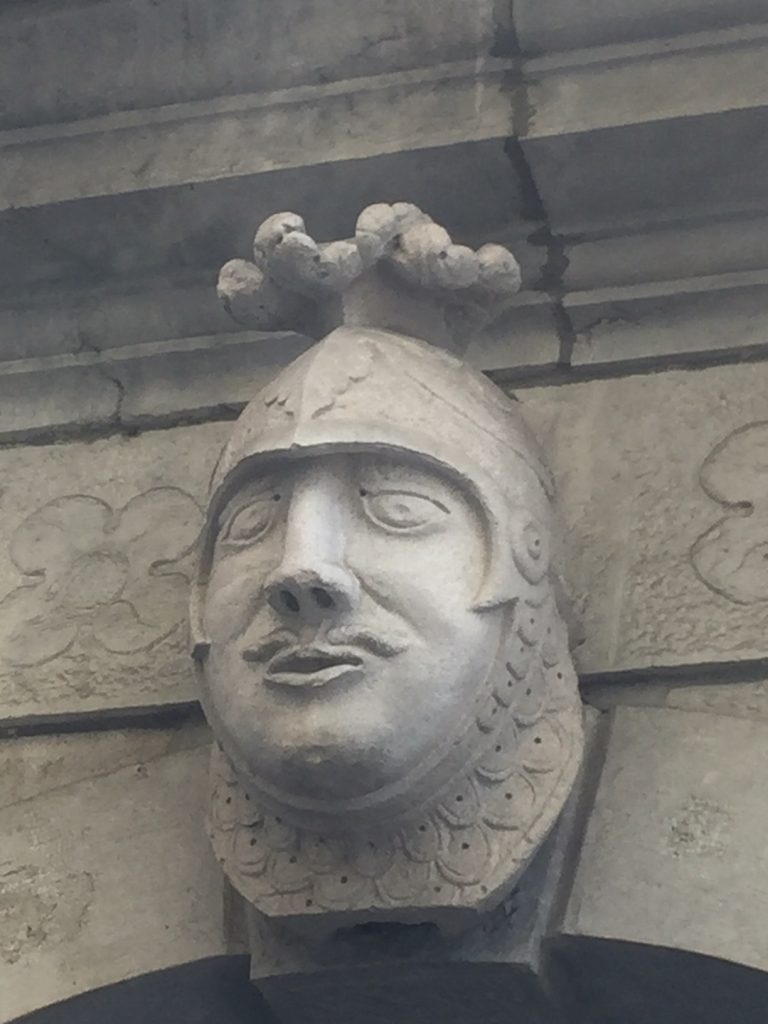
The stone heads represented fearsome Hungarian warriors, enlisted by the Hapsburg starting 1740 to guard the borders of their vast empire. According to historians, they were cruel, merciless, fierce and fearless soldiers who owed their strength to having fought the Ottoman empire for centuries.
They then became frontier troops. The Austro-Hungarians recruited them in Hungary and employed them in areas where they believed tighter control was necessary to preserve the territory and the security of their people.
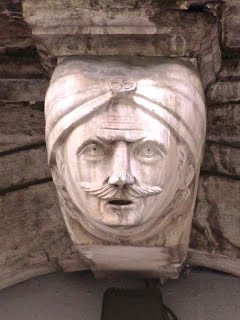
The origin of the word is unequivocally Magyar. During the Middle Ages the word “pònduur” was used to indicate guards who served noble landowners. It literally meant “policeman”.
In some areas of Eastern Europe the word is still in use today when referring to cops. According to experts, the word derives from the Pannonian village Pandùr, an area in Hungary bordering with Northern Slovenia, where these soldiers were recruited by Austrians for the first time.
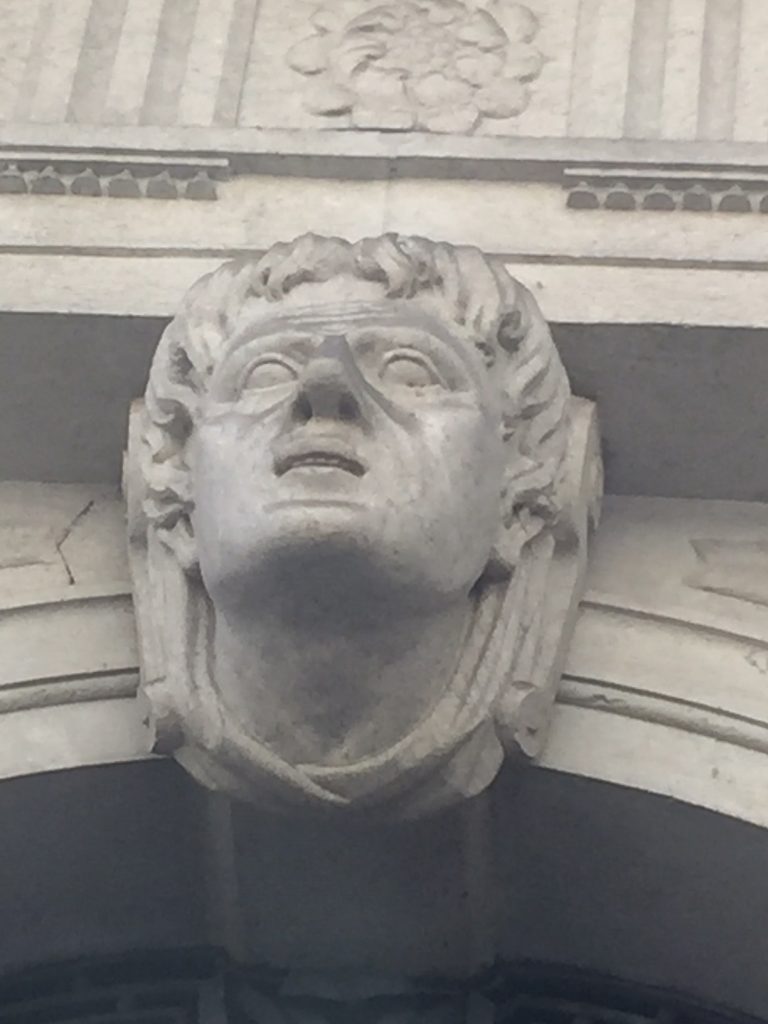
Although they were part of the Austro-Hungarian infantry, Pandurs donned a unique uniform. They often wore a scarf wrapped around their head like a Hussar turban, a long red cloak and plaited hair. They were armed to their teeth: pistols, arquebuses (a precursor of the rifle), sabers and sharp knives.
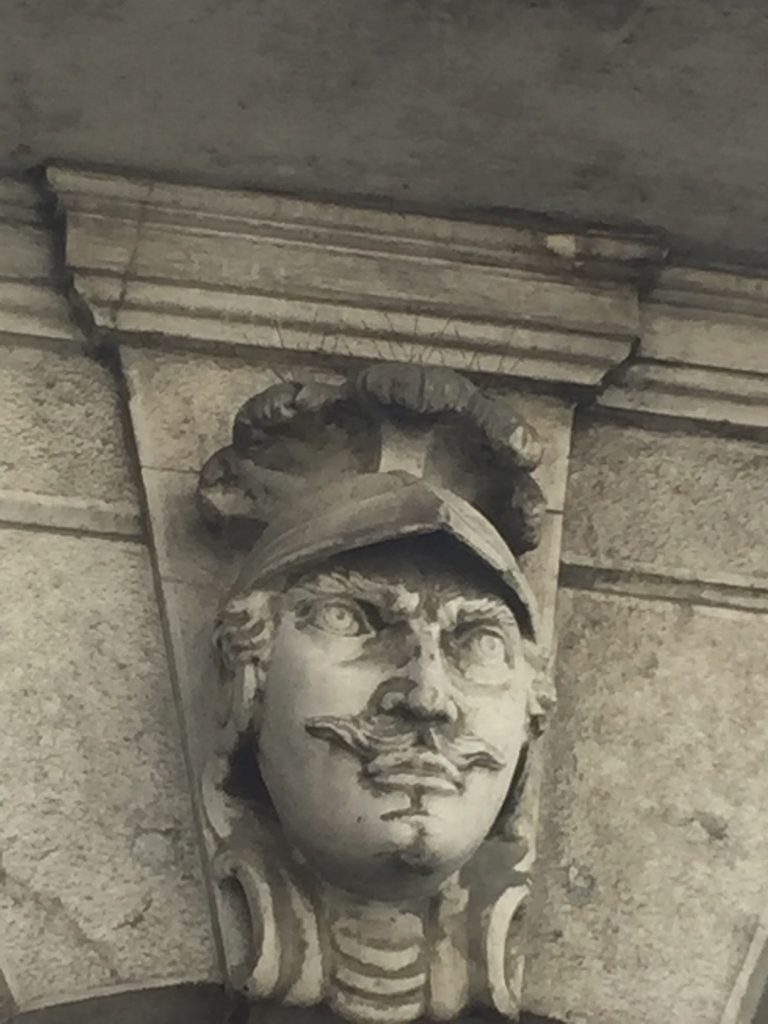
These special infantry units were largely independent in strategy, defense and attack. Their task was not only to guard the borders, but to carry quick incursions and assaults against neighboring countries. This tactic, they believed, kept adversaries in fear and avoided invasion.
Their strategic position along the borders also allowed the collection of important information about the movement of enemy troops. They often pillaged villages and killed civilians, thus the origin of their sinister fame.
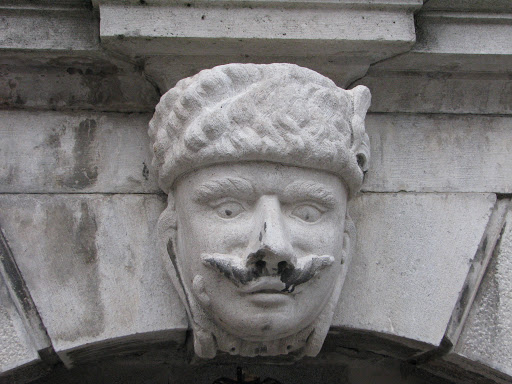
Not all carved heads on the buildings of Trieste are Panduri. Some owners preferred to see their own heads rather than the frightening Hungarian warriors. Some even chose to feature their wives, who may have been more effective at warding off thieves than Hungarian Hussars!
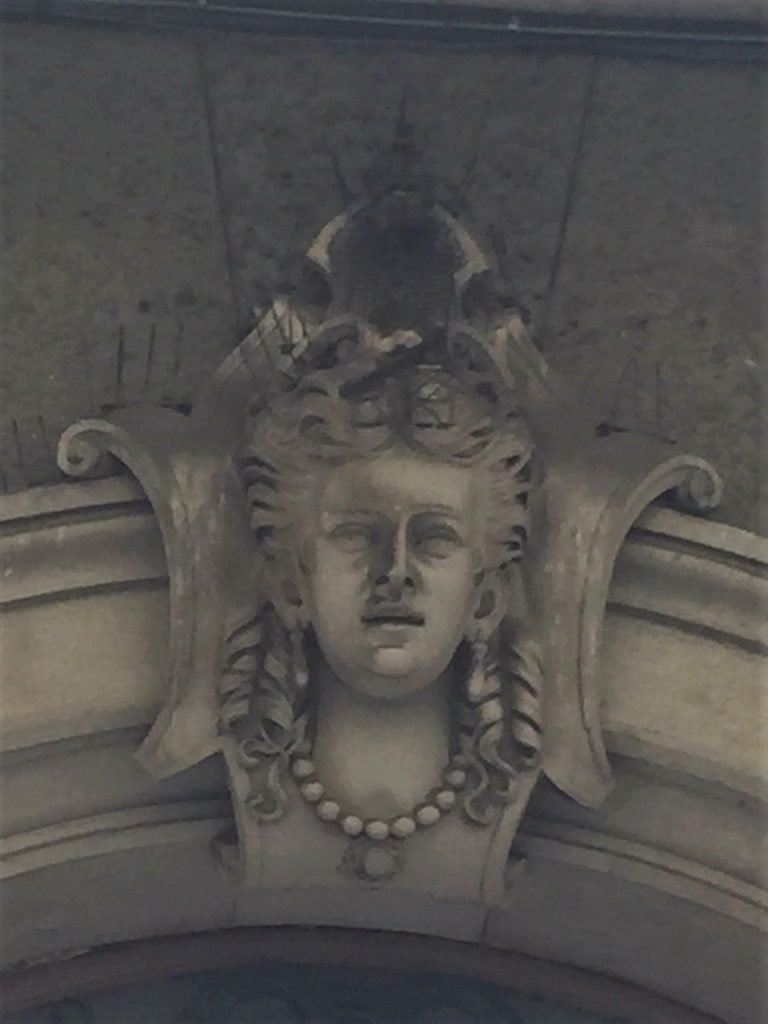
Although there is unfortunately no official list, it is estimated that there are at least 150 stone heads guarding the doors of as many houses in Trieste, most of them Panduri. A sure-fire way to identify them is by their pointy mustaches and hairy eyebrows. Pandurs are one more reason you should always look up when you walk in beautiful Trieste.





























Interesting comments on the Panduri of Trieste.